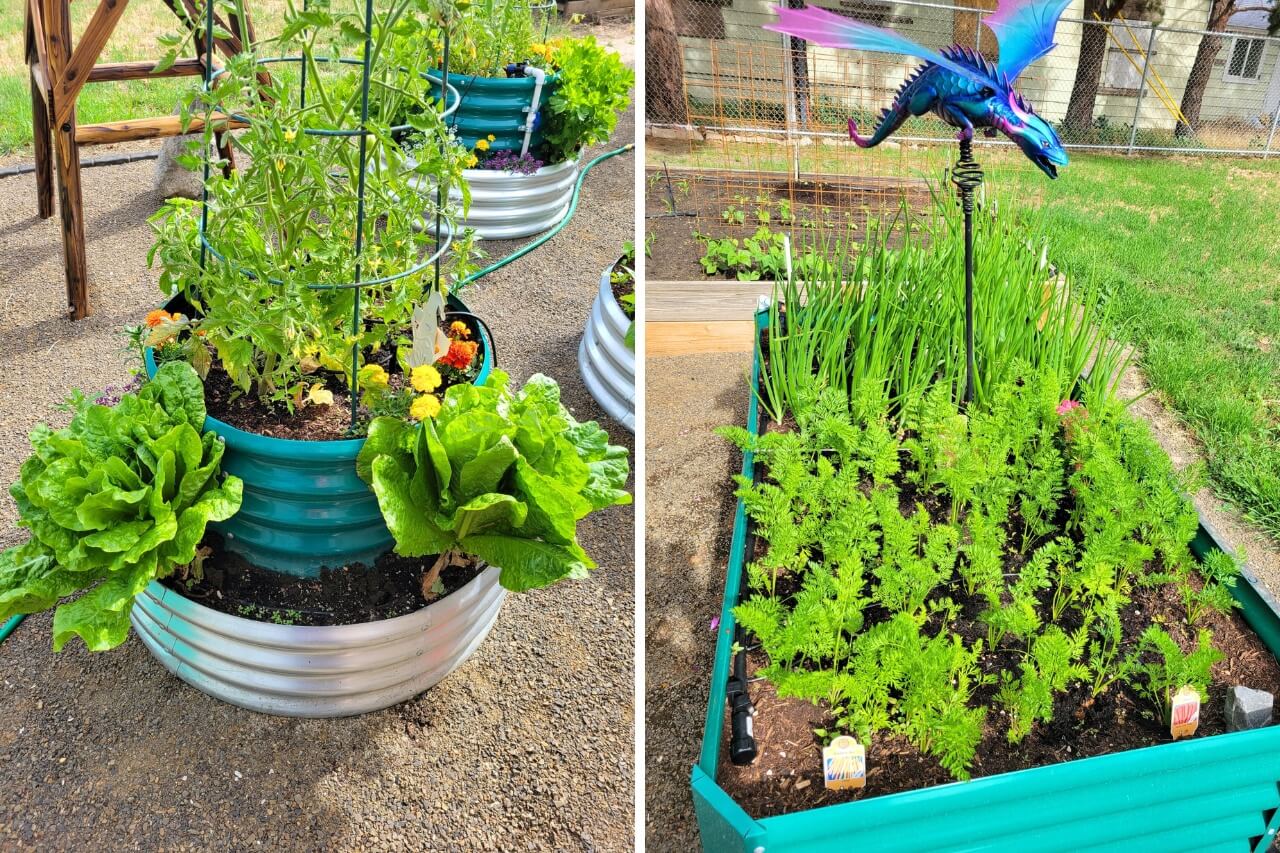I love raised bed gardening, and I think it’s a perfect solution for everyone, both beginners and more experienced gardeners.
Firstly, they’re a lot easier to tend and to maintain. You don’t need large tools to prepare, de-weed, or till the soil because it’s already well-aerated and contained within a defined space.
Secondly, you aren’t relying on the native soil so you don’t have to deal with issues like poor drainage or nutrient deficiencies.
The important thing, however, is not to make mistakes in the construction and management of raised beds; otherwise, all your work will be wasted. Let’s see what the most common mistakes are that you should avoid!
Choosing the Wrong Location
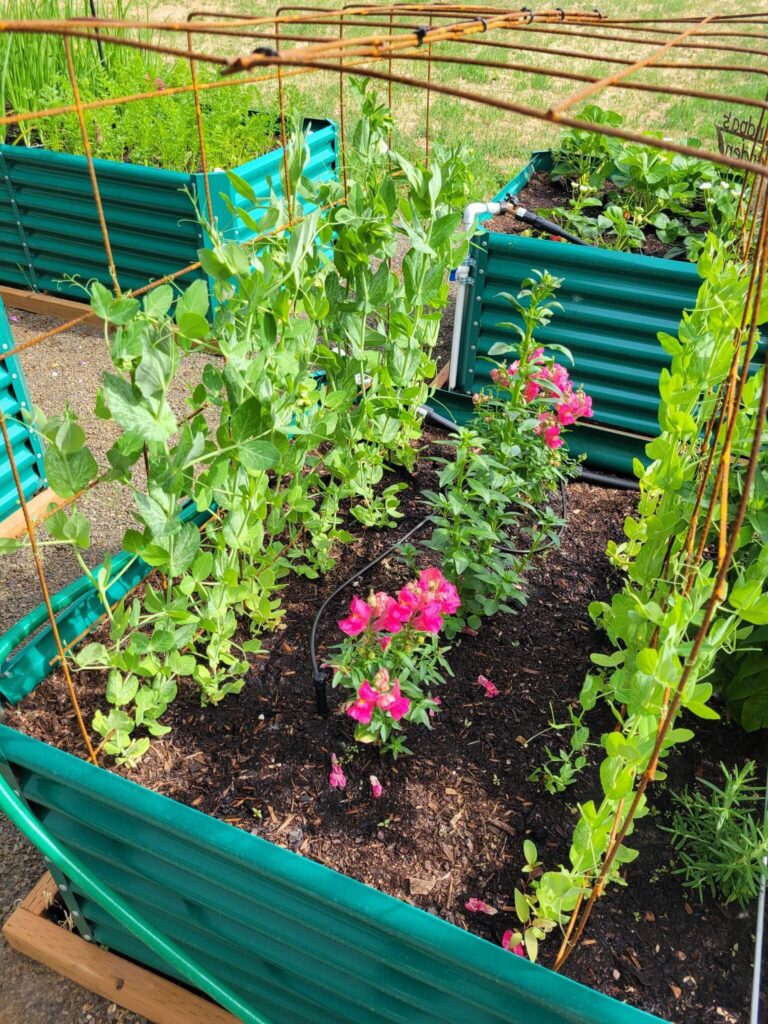
Let’s start with one of the most basic but common mistakes a beginner gardener makes: placing the bed in the wrong location.
Even with proper soil, plants won’t grow if they receive little sunlight or don’t get water consistently.
Select a spot with about 6 to 8 hours of sun, ideally on the south side of a tall structure (fence, shed, garage, etc.).
Take note of any trees, buildings, or structures that could cast shade on your beds throughout the day. The goal is to position the beds in an area where they receive enough sun.
Another point to consider is a water source. If you can choose, opt for an area that is close to a well, spigot, or irrigation system.
Once built, raised bed gardens can be a pain to move, and running back and forth between your garden and a distant water source can quickly become a chore.
So to maximize efficiency and ease of maintenance, make sure your raised beds are located near a reliable water source.
Using the Wrong Building Material
Raised bed gardens can be constructed from different materials. The most common ones are usually stone, untreated wood, or galvanized steel.
I personally think that all three options are viable, and each offers its advantages and disadvantages.
Stone, for example, is durable and has a natural appeal, making it an excellent choice for those looking for a more natural-looking raised bed.
Untreated wood also adds a natural look but is significantly more affordable (though it breaks down quicker than both stone and steel).
Galvanized steel beds are long-lasting and resistant to rot and pests. Some people don’t find them pretty, but I like them, and you can paint the outside any color you like.
In the end, choose the material that best suits your needs. The only thing I would advise against is treated wood because it can leach chemicals into the soil that the plants may absorb.
Using the Wrong Soil
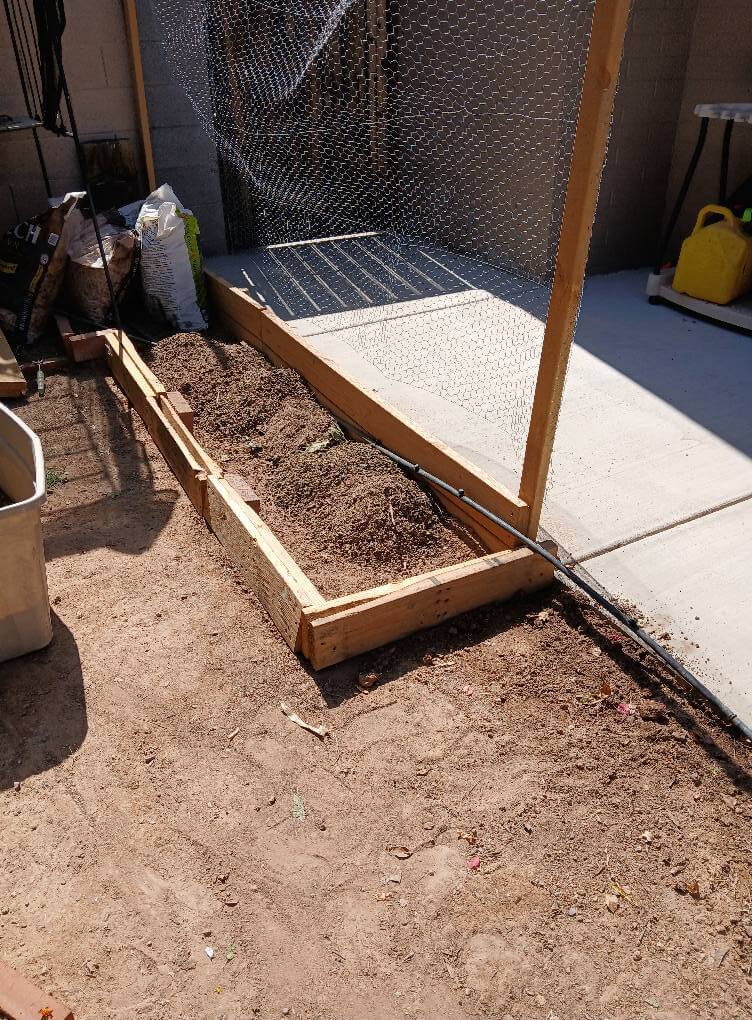
Now let’s move to the soil. I am quite fussy about this. Many inexperienced gardeners don’t think about it, but good soil is essential for fruitful harvests.
Raised bed gardens need loose, well-aerated soil mix made with a combination of topsoil, compost, and organic matter to support plant growth.
Don’t use bagged potting soil designed for potted plants and seed starting, as it tends to compact over time. It also lacks the structure and nutrients mature plants need to thrive.
Instead, look for pre-mixed soil blends specifically designed for raised bed gardens. Soil mix takes away the guesswork of mixing soil on your own, and it’s well-draining and nutrient-rich.
Using Only Soil
Beginners often assume that a raised bed must be completely filled with soil, but that just isn’t true. In fact, doing so is impractical and unnecessarily expensive.
What you need to do is fill the bottom portion of the bed with organic materials like sticks, logs, straw, leaves, or even shredded cardboard. These materials break down over time, enriching the soil while also improving drainage and reducing the amount of soil you need.
Then, fill the top 12 to 18 inches with a rich soil mix suitable for planting. This technique is called layering and is widely used in the gardening community.
Building a Too Big or Too Small Bed
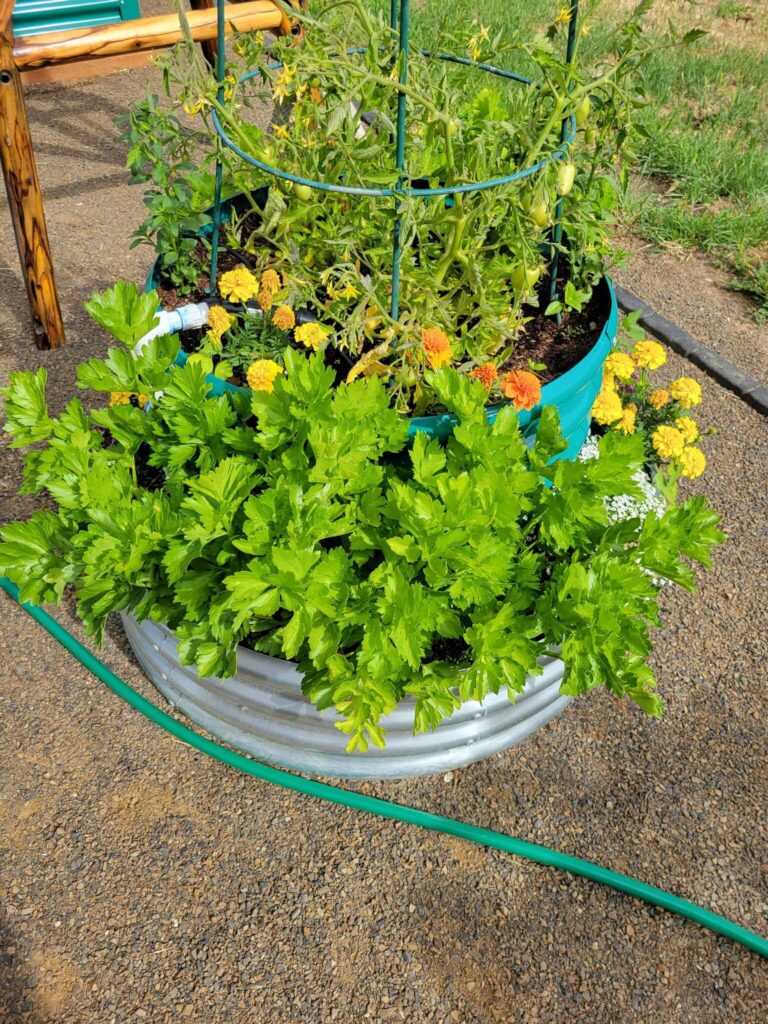
I wanna be very clear on this. Raised garden beds shouldn’t be too big or too small. A bed that is too large can make weeding, planting, and harvesting difficult as it may prevent you from reaching the center without stepping into the bed.
On the other hand, a bed that is too small may not provide enough space for your plants to thrive.
A good rule of thumb is to keep the width no more than three to four feet so you can reach in from either side, and make the length whatever suits your spaces and needs.
Height matters, too. Around 12 to 18 inches is suitable for most vegetables.
Placing Raised Beds Too Closely
Also, remember that you shouldn’t place raised beds too close together because it can make it hard to reach plants and to move easily and comfortably between them.
Space your beds at least two to three feet apart so you (and other large gardening materials like wheelbarrows and bags of soil) can comfortably fit in between.
Planting Crops Too Close Together

It’s understandable that you want to use every inch of a raised garden bed, but the reality is that overcrowding your plants can do more harm than good.
When crops are planted too close together, they compete for vital resources like sunlight, water, and nutrients, leading to stunted growth.
Look up a plant’s space requirements before planting and make sure you leave enough space between plants for them to grow freely. This is a very common mistake that I have already told you about, so I recommend that you take a look at the most common mistakes that all gardeners make.
Planting Too-Large Crops
Raised bed gardens aren’t well-suited for large crops like pumpkins or corn.
These plants take up a lot of space both above and below ground and can quickly overcrowd a raised bed. They also have deep root systems, preventing them from growing properly in confined spaces.
Instead, plant crops like peppers, lettuce, carrots, herbs, and bush beans, which don’t need much space to grow. You can also plant all the fast-growing veggies that can be harvested in about 1 Month
Not Amending Soil
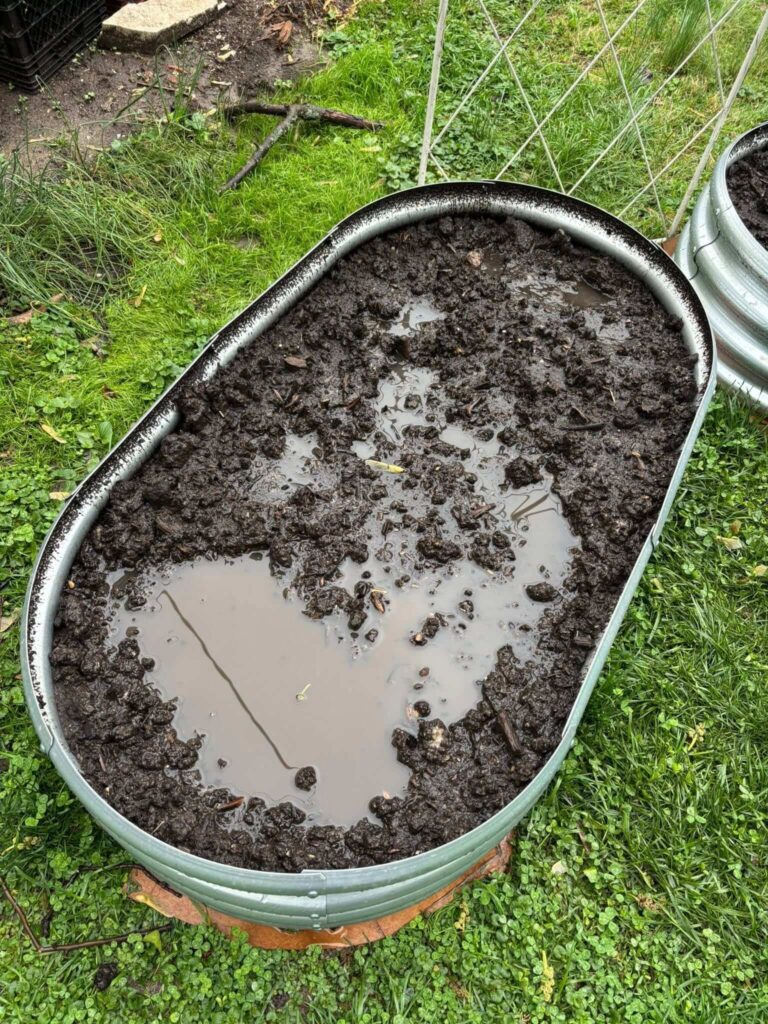
If you have been planting for a while, you will have noticed that the third, fourth, and fifth yields aren’t as good as your first. That’s because the soil has lost some of its nutrients from the first few harvests.
You should amend your soil every year to replenish these essential nutrients and maintain soil health.
The easiest thing to do is usually to add organic matter like compost, well-rotted manure, or mulch each spring before new growth begins to restore the soil’s fertility and ensure healthy plant growth.

